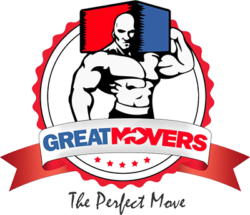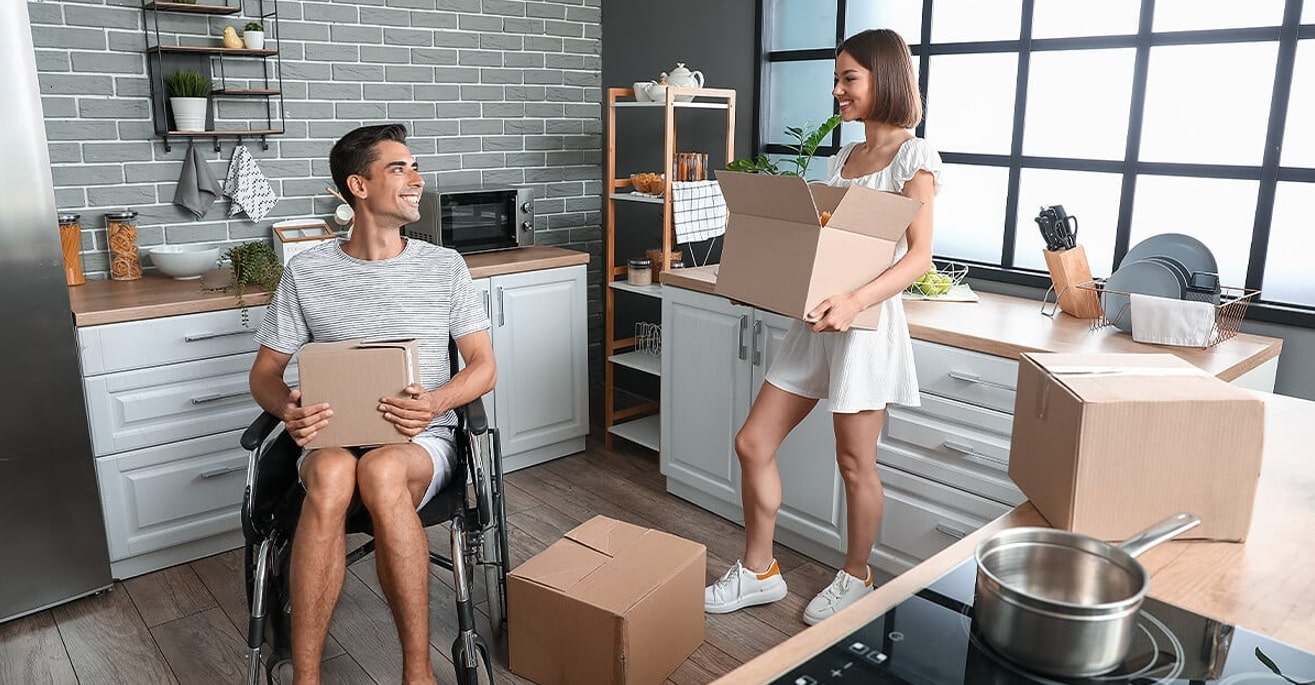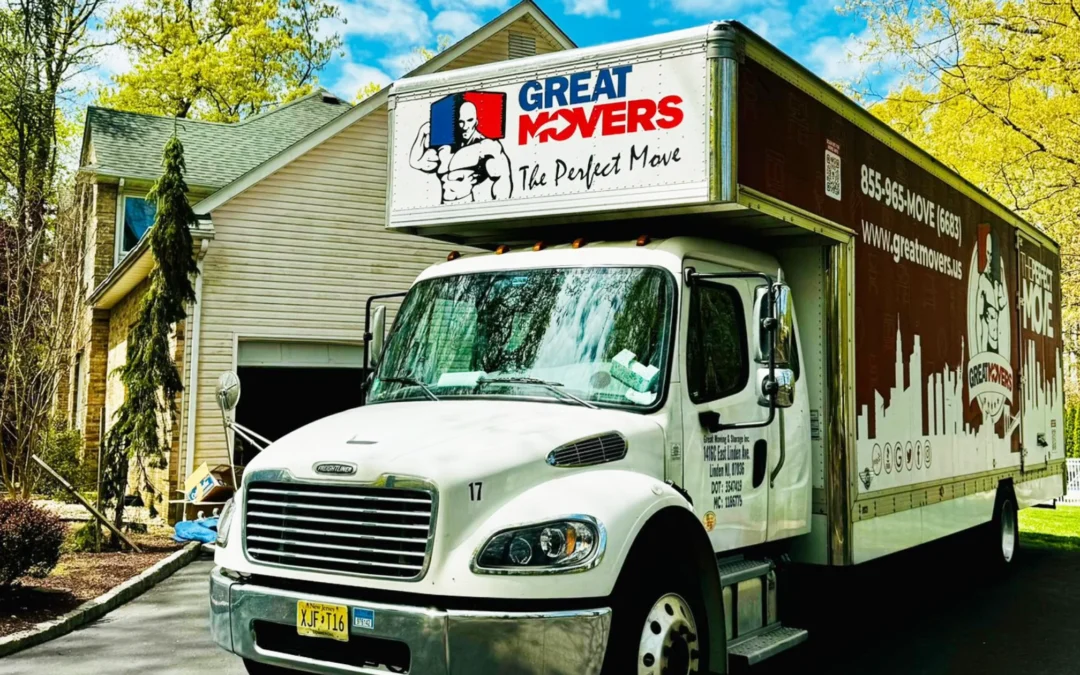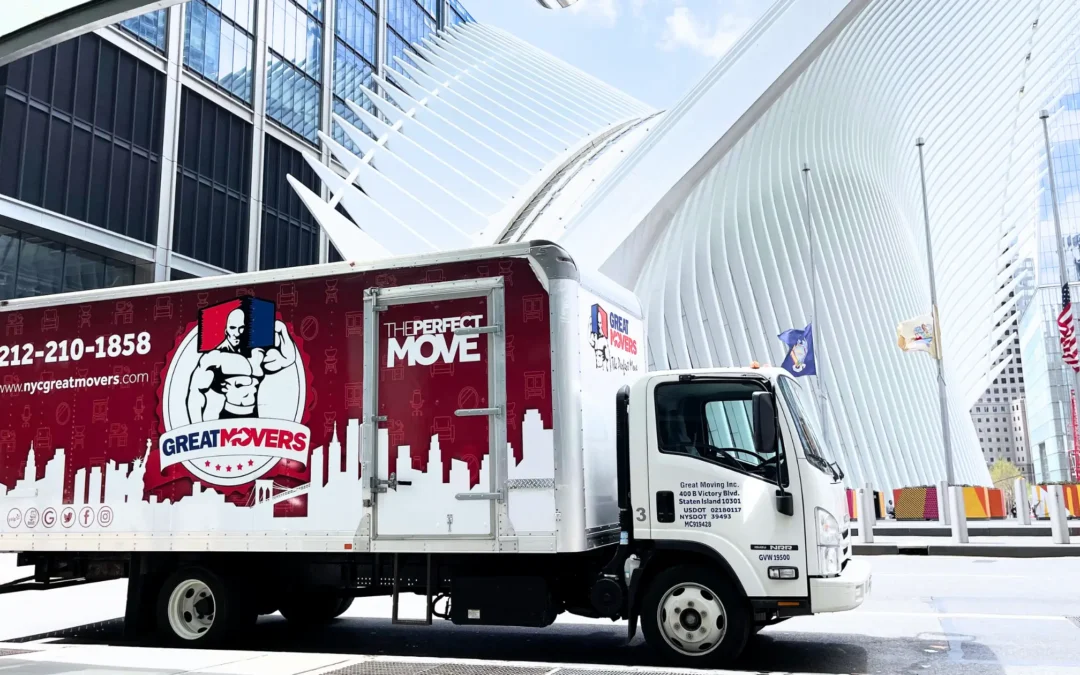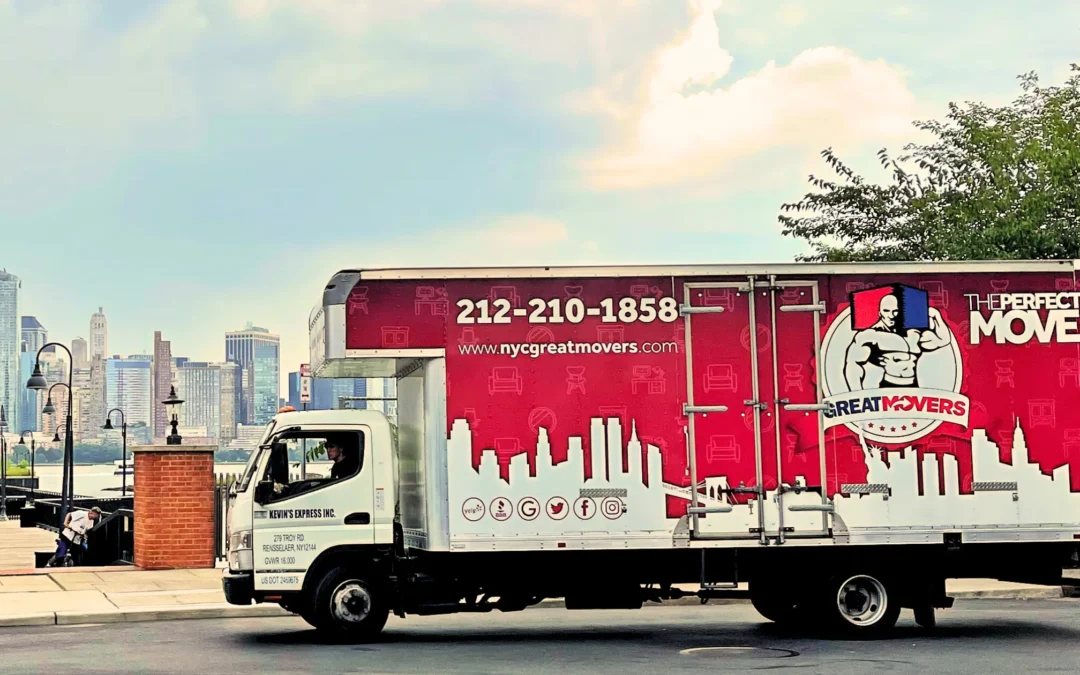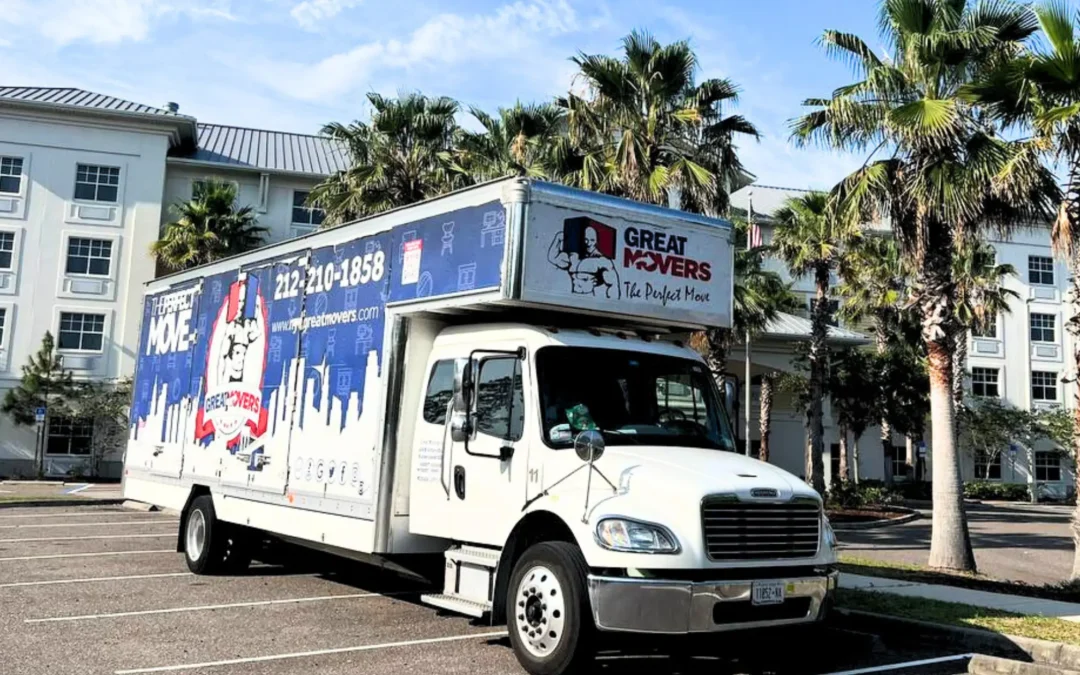Moving is complicated for almost everybody because it requires a lot of hard work, packing, and planning, but there are extra considerations that disabled people need to consider on top of the standard process. Hiring professional NYC movers can certainly help with the physical task of moving, but you still need to coordinate the move and ensure your new place meets your accessibility needs.
Luckily, with good planning and preparation you can make your NYC relocation a lot smoother. Below are some tips to help you during the moving process.
Plan Ahead
So long as you don’t have to make a last minute move, chances are you know when your lease expires so your move date shouldn’t be a surprise. You should ideally start planning your move at least a month in advance if not more.
Start by creating a moving checklist to figure out the tasks that you need to get done. That includes tasks associated with your disability. Make sure to set aside enough time to have everything done by moving day. For example, if you receive Social Security Disability Insurance, you will need to contact the Social Security Administration to let them know about your move. If you’re staying local, all you need to do is change your address. If you’re moving to a new state, you will have to check if there are any changes to your benefits. Do you take medication? Make sure to refill your prescriptions before you move.
You should also see if there are specific services that can help with your move. NYC has a few resources available for disabled people to use including:
- Rebuild Together NYC – their housing preservation program supports eligible New Yorkers adapt their homes to be more accessible by adding wheelchair ramps and lifts, stair glides, handrails, grab bars, and more.
- Adele Friedman Housing Accessibility Fund – similar to rebuild together, you can request physical modifications to a dwelling, building, or complex that you reside in for modifications related to your disability. You will need to have an income at or below 165% New York State median income.
- HRA – the NYC Human Resources Administration department provides grants to disabled and low income individuals to pay for some or all of the cost for licensed moving companies. You will need to provide proof of the new address as well as your income.
You can also apply to a federal aid program from the US Department of Housing and Urban Development. This is primarily a resource for housing and relocation assistance grants and awards are based on income.
Finding and applying to different grants takes quite a long time, so you should start as early as possible. Once you’ve submitted everything, you can go back to focusing on other moving tasks like deciding what items you will leave behind and what you’ll take with you.
Keep a Detailed Inventory
Once you’ve decluttered your house, spend time every day entering in all the items you will be taking with you into a spreadsheet. It might be tedious, but it’s an important step in the moving process for a few reasons:
- Movers will be able to provide a more accurate estimate
- It will help reduce clutter thus lowering moving costs
- You’ll save time during packing and unpacking since you can easily plan and organize which items to pack together
- You can keep track of everything you own and see if any boxes or items are missing when you move into your new place
Creating an inventory list doesn’t have to be daunting. If approached with a systematic process, it can be a straightforward process. The first thing you should do is to structure the inventory by room or category, whichever one is easiest for you. For example, you can list all of your kitchen items on one sheet and clothes on another. Or maybe you’ll create separate sheets for each room and further break it down into categories.
Either way, the next thing you want to do is pick a room and start making a list of everything inside. That includes all of the little things like accessories, office supplies, etc. When creating this list, try to include as much detail as possible such as:
- Description of the item and current condition
- Make, model, and serial number if applicable
- Current estimated value of item
- Quantity
- Receipt and warranty
- Label of box
- Room where item is located
- Room where item needs to be moved to
Make sure to highlight any high value items like cameras, computers, fine china, jewelry, and so on. Once you’ve finished one room, continue to the next until you have cataloged all the rooms.
If possible, take pictures or videos of your items. While this is optional, it’s a good idea to at least do this for your fragile and/or expensive items. Make sure to follow a naming convention for the files so you can easily identify them. The photos can be used as proof that the fragile items were damaged in transit, which can help when filing insurance claims.
Hire Professional NYC Movers
Hiring reputable movers is incredibly important regardless of whether you are disabled or not. A good moving company will be able to offer personalized moving plans to fit your needs. On top of that, many will have staff trained in accessibility and disability awareness. Your best bet is to do a bit of research beforehand to find a company that already has experience providing specialized moving services for disabled people. Once you have found a few, make sure to ask the following questions:
- Do they offer any financing or discount options? Ask about payment requirements, discounts, specials, etc. If you’re planning on using the HRA moving assistance grant, make sure they are a licensed HRA mover.
- Do they have experience working with people with disabilities? See what their experience is in accommodating certain needs.
- Do they offer packing and unpacking services? This is a great option as it is both a time and energy-saver. With that said, it will increase your overall moving costs.
- Can they handle the moving of mobility assistance items? Find out whether they have the appropriate equipment like wheelchair lifts and hoisting systems for careful transportation of medical devices, large instruments, and electronics.
If you need other accommodations, make sure to let the company know ahead of time! And don’t forget to figure out your own transportation. The movers don’t allow customers in the truck so you’ll have to think about whether you’ll take a train or taxi to your new home.
Make sure to contact multiple companies so you can receive different estimates. The more you get, the better idea you will have for the price of the move, but aim for at least three estimates. Also, make sure to read the moving contract carefully for any hidden fees.
Address Accessibility Needs
Don’t skip this part! Having a well-planned and accessible moving strategy is important to make the process more manageable. Whether it’s packing up your belongings or setting up your new home, it’s important to create an environment that maximizes your safety and mobility.
Moving Disabilities
Whether you use a cane or wheelchair, your first order of business is to make sure your devices can easily move around through the doorways and rooms. That means keeping paths clear of obstacles and making sure there’s enough space between furniture to easily get around. If the new space is a bit small, you might have to purchase smaller devices to get around.
Auditory Disabilities
It should go without saying, but make sure to pack your hearing essentials in an easy to access bag so you can have it available during the move. This will help maintain effective communication throughout the moving process. If you cannot rely on hearing devices make sure to let the moving company you are working with know how you plan on communicating with them. This could be via text (email and/or text) or an interpreter.
Visual Disabilities
If you have low vision, you might struggle to read and handle paperwork. As always, make sure the movers are aware of the issue and request things like larger print contracts so you can read easier or have someone with you to read the contract instead. If the movers are packing for you, ask them if they have a braille label maker so you can identify and organize your boxes.
Once you’ve moved into your new place, make sure you already have a placement map for your furniture so the movers can arrange them accordingly.
Moving with a Disability
The moving process is already stressful, but disabilities can make the tasks even harder. With the help of reputable NYC moving companies, moves can be simpler and more straightforward. Your best bet is to start the process as soon as possible to avoid last-minute stress and don’t be afraid to ask for help!
FAQ
What is the first thing I should do when I move into my new apartment?
There are a lot of things to do, but one of the first things you should do is map out your new apartment and check for hazards like ledges and stairs, surfaces that might get slippery when wet, low ceilings, and other obstacles.
How accessible are NYC subways?
Around 30% of subway stations are accessible to some extent. If your old or new apartment is not near an accessible station then you should call Uber. If you’re in a wheelchair, you will need to request a Wheelchair Accessible Vehicle.
What other steps should I take?
There are a lot of little tasks you need to do before you move, but the most important one is to locate a healthcare service near you in case of emergency.
